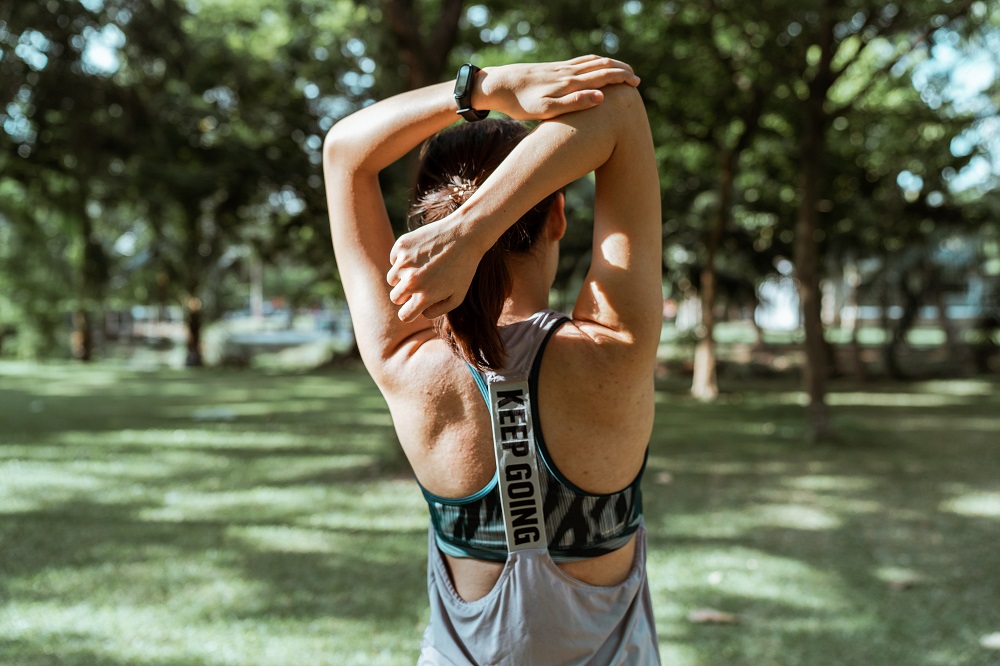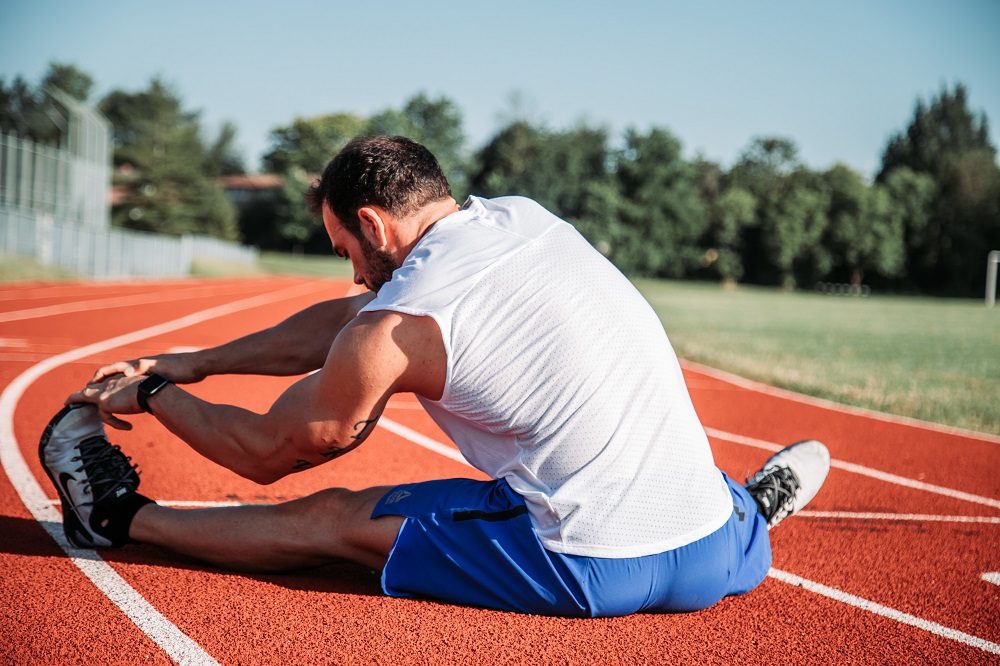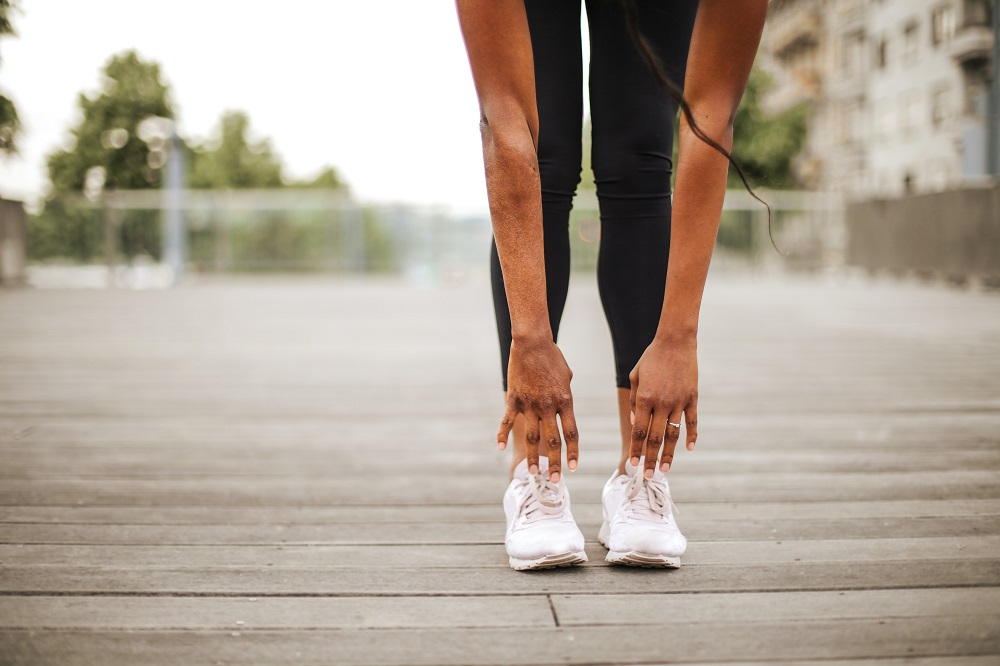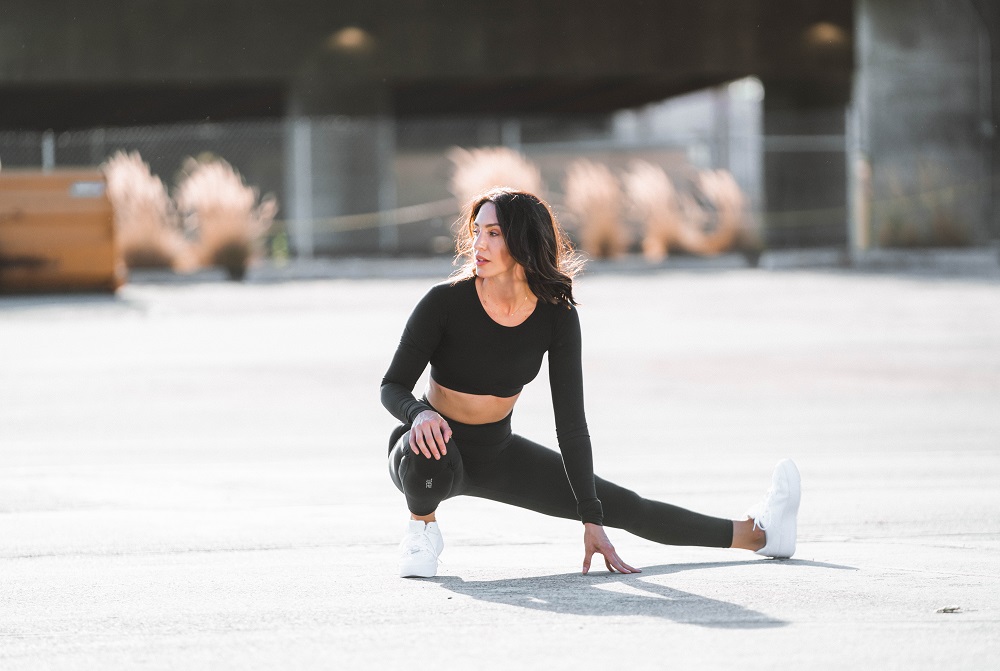Stretching is an essential part of every workout. It warms your muscles, prevents joint pain, muscle damage, and strains, and makes you more flexible. However, not many people know when is the best time to stretch and how to do it properly, which can often lead to injuries.
Stretching does not necessarily have to be connected to working out. Your muscles can get tight during the day or even after a bad night’s sleep, and a good stretch can help with that. Whether you are physically active or not, it is almost always a good idea to stretch. And in this article, you will learn how to do it correctly. Here, we explain the main benefits of stretching and give you some advice on doing it. Read on.
What Is Stretching?

When you do a stretch, you are applying a force to your muscle in order to make it elongate. The length of the muscle is one of the main factors that determines its function. When you stretch, not only do you increase the length of the muscle but also its elasticity, helping it contract and relax more easily.
There are two types of stretches: passive and active. Passive stretching involves using an external force to move the body part – for example, when a personal trainer helps you stretch. Active stretching uses the force of your own muscles to move the body part; in other words, you do it on your own.
Proper Stretching Technique
When is the best time to stretch? Before you start any workout or exercise session, you should stretch first. Doing so will help you avoid injuries and allow you to work out harder and longer. Moreover, stretching after working out also helps gradually slow down the body and prevent exercise-associated muscle cramps from appearing the next day.

Here is how to do it properly:
1. Warm up and stretch before every workout. Always warm up with light cardiovascular exercises like walking or jogging for a few minutes. Then, go right into stretching.
2. Hold each stretch for about 20-30 seconds and repeat it three times. Don’t overdo it, though. If you feel pain or cannot hold each stretch for the entire 20-30 seconds, stop immediately.
3. Focus on large muscle groups first and then move on to smaller ones. For example, start with your legs and then work your way up to your upper body.
4. Stretch lightly at first and then increase the intensity of each stretch as your muscles become more flexible. Stretch until you feel a slight pull in the muscle group being stretched – don’t go beyond that point. Use your common sense and listen to what your body is telling you – don’t push it too far.

5. When doing an overhead stretch, don’t lock your elbows or straighten them completely. Keep them slightly bent at all times.
6. When stretching, always keep your breathing slow and steady. Don’t hold your breath – deep breathing will help you get better results.
7. Finally, after stretching, follow up with some light cardio, such as jogging or cycling for a few minutes. This will help improve blood flow to those muscles that you just stretched and speed up the recovery process.
Reasons to Stretch
Stretching can provide your health with many benefits. Here are just a few of them:
- Stretching improves flexibility, allowing you to move easily and thus protecting your joints. Moreover, increased flexibility will help you avoid injuries when running, jogging, or doing other activities that require you to move quickly.
- Stretching can help you prevent injuries by making your muscles stronger and more flexible.
- Improved flexibility also helps to reduce stress on your joints, especially the knees.

- Stretching is a great way to relieve chronic pain – for example, back pain or muscle tension.
- Stretching can help you burn more fat. It makes your muscles more flexible and therefore allows you to burn more calories while working out.
- Finally, stretching is one of the best ways to improve your posture and appearance. It is an excellent tool that allows you to be more mindful of your bodily sensations and boost confidence in yourself.
When is the Best Time to Stretch?
Ideally, you should stretch before every workout session – it is the best way to warm up your muscles and prepare them for exercise. However, if you don’t have enough time, you should still do some light stretching and then stretch after your workout. This will help you recover faster, as well as improve your flexibility and overall well-being.
The Bottom Lines

Stretching is an integral part of every workout. When done correctly, it provides many benefits, including improved flexibility, reduced stress on joints, and pain relief. Make sure to incorporate stretching into your training plan to minimize the possibility of injuries and ease after-workout cramps.
Remember that it is crucial to start lightly and gradually increase the intensity of stretches to warm up your muscles and avoid discomfort. Breathe deeply and stay fit!